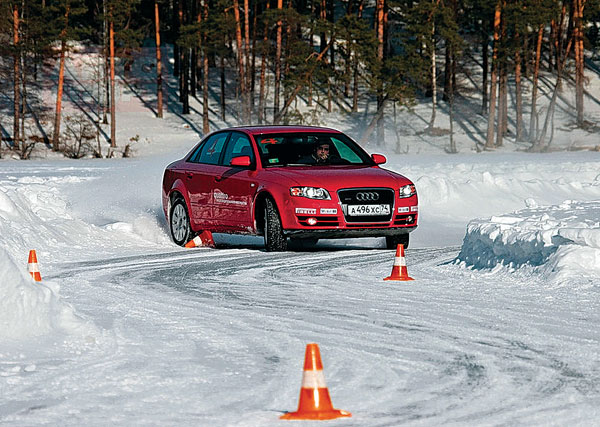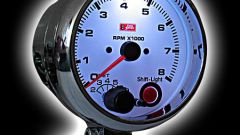Instruction
1
To calculate the speed of the car at its braking path, recall first some concepts. The distance passed by vehicle (car, tram, train, etc.) since the discovery of the danger the driver to stop, called the stopping distance. It includes the distance that the car was for the time spent on the reaction of the driver, the distance traveled-so far so good brake system or braking distance. Time spent on driver reaction is the time from the moment the driver detected the danger of committing the necessary actions, for example, pressing on the brake pedal. This time can be from 0.2 to 1, 2 seconds. All depends on the skill of the driver, his state of health, weather conditions. The time spent on the stopping distance depends on the condition of the brake system, usually believe that it is equal to 0,2 seconds.
2
Braking distance is the distance that the vehicle has passed from the moment of pressing on the brake pedal to a complete stop. It depends on speed, road surface, weather conditions, condition of the brake system and wheels, method of braking, the weight of the vehicle.
3
To calculate the initial speed of the vehicle (VA), given the length of braking trace, you can use the formula.Va = 0.5 x t3 x j + √2Ѕю x j = 0,5 0,3 5 + √2 x 21 x 5 = 0,75 +14,49 = 15,24 m/s = 54.9 km/h where: in the expression √2Ѕю x j,
Va - initial speed of a vehicle, measured in meters per second;
t3 - rise time of deceleration of the car in seconds;
j - steady-state deceleration of the vehicle during braking, m/S2; note that the wet coating-5m/S2 according to GOST 25478-91, and to dry coating j=6,8 m/S2, hence the initial speed of the car when the "SW" in the 21 meter is equal 17,92 m/s, or 64.5 km/h.
U - length brake track (SW), measured also in meters.
Va - initial speed of a vehicle, measured in meters per second;
t3 - rise time of deceleration of the car in seconds;
j - steady-state deceleration of the vehicle during braking, m/S2; note that the wet coating-5m/S2 according to GOST 25478-91, and to dry coating j=6,8 m/S2, hence the initial speed of the car when the "SW" in the 21 meter is equal 17,92 m/s, or 64.5 km/h.
U - length brake track (SW), measured also in meters.

